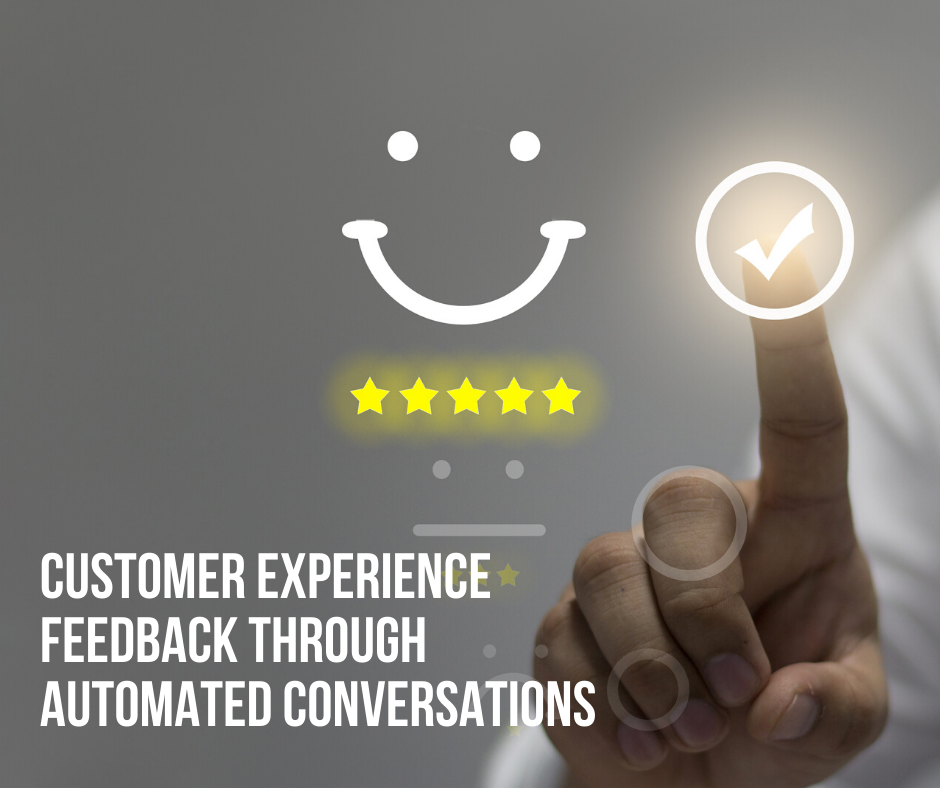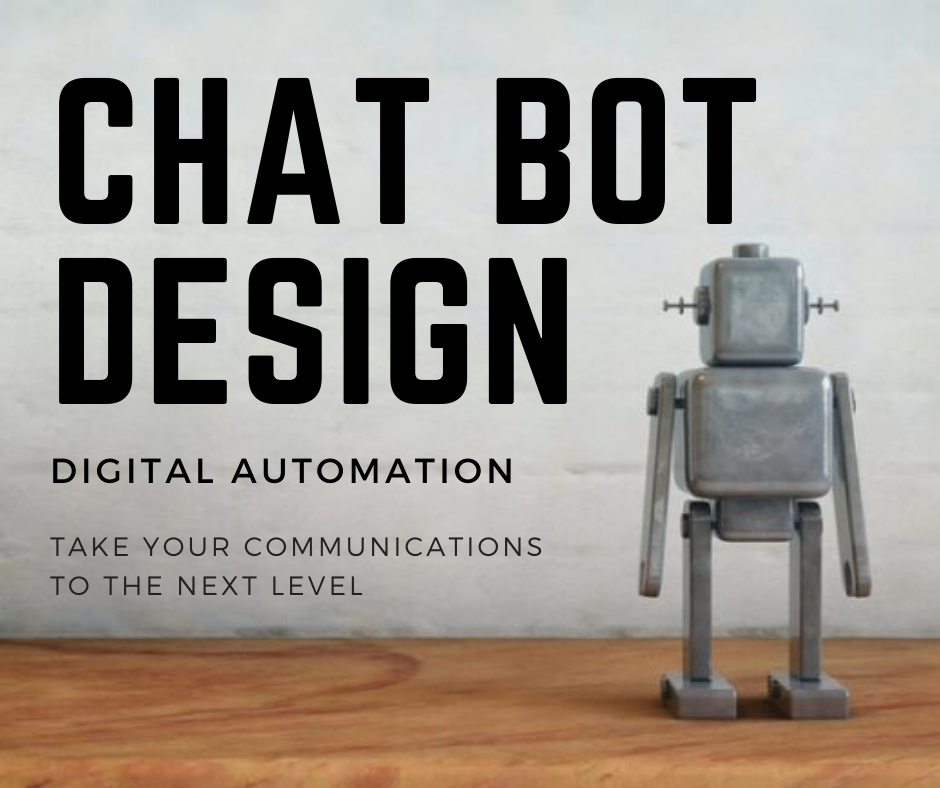
Conversations
We design and build conversational artificial intelligence for social impact.
artificial intelligence
Greater capacity to communicate and automate
Utilise Conversational AI to help increase connectivity, reduce cognative workload, improve outcomes and develop relationships
The Swiss Army knife of communications
Conversational artificial intelligence - chatbots-
Conversational AI can be used across many industries
-
We focus on developing solutions for social impact, providing outcomes while assisting people
-
Reliable automation, connecting with people directlyalways switched on and able to talk, to help and to listen
-
Always switched on and able to talk, to help and to listen

Getting it done
The Design, Build, Optimise method explained
Design. Build. Optimise.
Purpose defines us. A bot's purpose defines how we design and eventually implement it.-
Starting with the purpose we need to look at the intents, entities and dialog that the bot is going to cater for
-
Are we collecting information? Training someone through role play? The purpose will decide how we design and create intents we will recognise, how the grammar behind intents builds up and how we start to define the logic and conversational flow (dialog)
-
As complexity builds up (all the examples typically stop at one or two intents) we start to have to re-design to cater for conversational complexity
Design. Build. Optimise.
This is where the hard yards are put in. Developing intents, entities and dialog. These are the building blocks of any bot.-
Understand how people have the types of conversations you want the bot to deal with byeading transcripts and learning what has happened before
-
Develop responses to the key intents and ensure key information is collected and utilised
-
Create a series of dialogs using the intents and entities along with a sprinkle of logic and code to fulfil the purpose and design of your bot
Design. Build. Optimise.
You don't train real people and put them in a box hoping they continue to provide relevant and correct answers to questions over time.-
Design and building a bot is only 10% of the effort
-
Release it to the wild and watch it like a hawk for a month learning how it is really being used and how it can be improved in almost real time
-
Making sure the bot is responding to current user input and reacting to changes in the environment are critical to ongoing success
-
Periodic (weekly!) review, feedback and adjustment is required to get the best results from any artificial intelligence implementation


